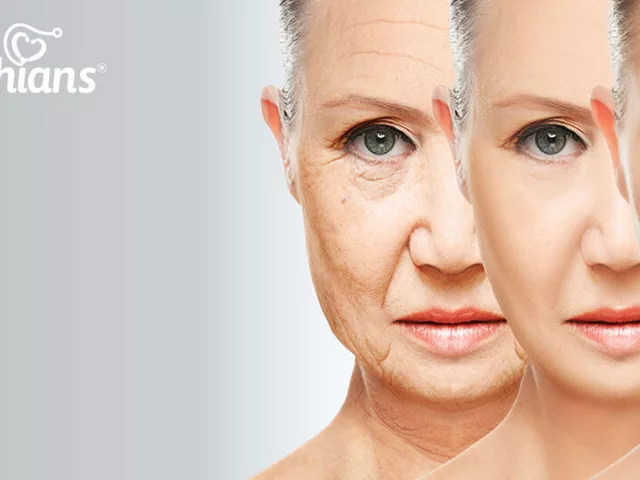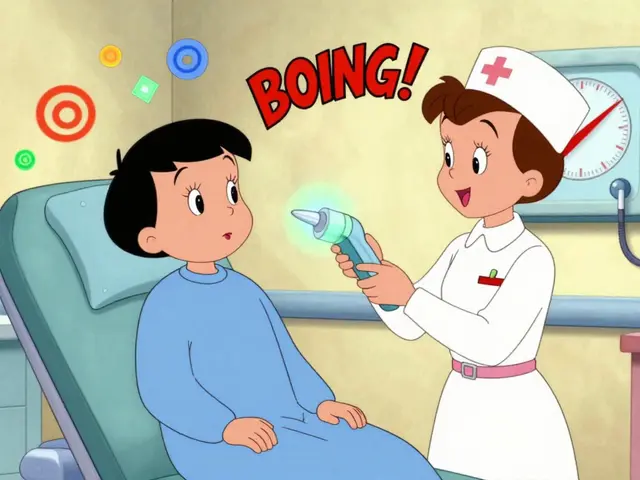Excessive Hair: What It Is, Why It Happens, and How to Manage It
If you’ve noticed more hair than usual on your face, chest or back, you’re not alone. Excessive hair – often called hirsutism – affects many people and can be frustrating. The good news is that most cases have clear reasons and there are plenty of ways to keep the growth under control without guessing.
Common Reasons Behind Extra Hair
The first step is figuring out why your body is producing extra hair. Hormones play a big role; too much androgen (a male‑type hormone) can trigger follicles to grow thicker strands. Conditions like polycystic ovary syndrome (PCOS), adrenal disorders, or certain medications (such as steroids) often tip the hormonal balance.
Genetics also matter – if close relatives have a lot of body hair, you might inherit that trait. Sometimes thyroid problems or insulin resistance show up as unwanted hair growth too. Knowing the root cause helps you choose the right treatment instead of just covering it up.
Treatment Options That Actually Work
There’s no one‑size‑fits‑all fix, but several proven approaches can help. Prescription options include anti‑androgen pills like spironolactone, which block hormone effects, and topical creams such as eflornithine that slow hair growth on the face.
If you prefer non‑prescription routes, over‑the‑counter hair removal tools (waxing, laser devices) give short‑term relief. For longer‑term results, many people turn to laser or IPL treatments at a clinic – they target the pigment in hair and reduce growth after several sessions.
Natural remedies can complement medical care. Adding zinc, vitamin B6, or spearmint tea to your diet may lower androgen levels for some folks. Regular exercise improves insulin sensitivity, which can indirectly calm excess hair.
When you’re looking at medication alternatives, check out our article on “7 Groundbreaking Alternatives to Propecia for Hair Loss.” While it focuses on loss, the same drugs often affect unwanted growth and give a clearer picture of what’s available without a prescription.
Always talk to a doctor before starting any new pill or supplement. They can run blood tests, confirm a diagnosis and recommend the safest plan based on your health history.
In everyday life, keep skin clean and exfoliated to prevent ingrown hairs after removal. Moisturizing with aloe‑based lotions reduces irritation, and using a gentle shaving cream can make razor work smoother.
If you’re worried about the cost of professional laser sessions, our guide “Top 8 Reliable Alternatives to MapleLeafMeds.com for 2024” lists affordable online pharmacies where you might find prescription creams at lower prices. That way you get the right product without breaking the bank.
Bottom line: excessive hair is usually a symptom, not a mystery. Identify hormonal or medical triggers, explore both prescription and over‑the‑counter solutions, and add simple lifestyle tweaks for lasting control. With the right mix of info and tools, you’ll feel more confident about managing your hair growth.

Finding the Right Hair Removal Salon for Excessive Hairiness
Uncover the secrets to choosing the best hair removal salon for managing excessive hairiness. Understand what to look for, the various services offered, and how to ensure a comfortable experience. Learn how technology plays a role and how consultation can be a game changer. Make informed decisions to find the perfect place for your grooming needs.





